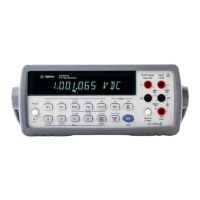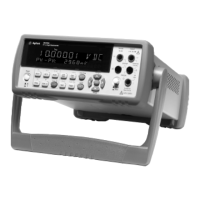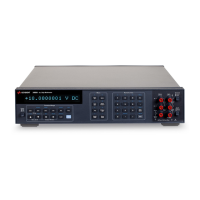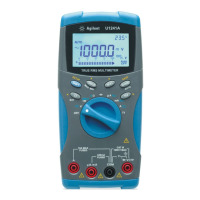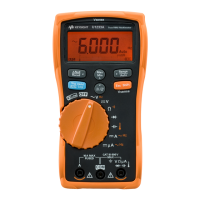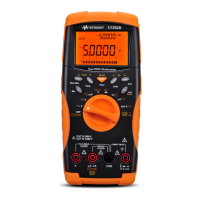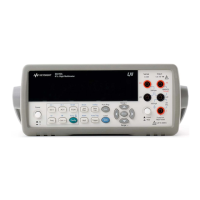34405A User’s and Service Guide 61
Measurement Tutorial 3
For periodic signals, the combination of crest factor and repetition rate
can suggest the amount of high–frequency content and associated
measurement error. The first zero crossing of a simple pulse occurs at
This gives an immediate impression of the high- frequency content by
identifying where this crossing occurs as a function of crest
factor:
The following table shows the typical error for various pulse waveforms as
a function of input pulse frequency:
This table gives an additional error for each waveform, to be added to the
value from the accuracy table provided in the Specifications chapter.
Example: A pulse train with level 1 V
rms
, is measured on the 1 V range. It
has pulse heights of 3 V (that is, a Crest Factor of 3) and duration 111
m
s.
The prf can be calculated to be 1000 Hz, as follows:
Thus, from the table above, this AC waveform can be measured with 0.18
percent additional error.
Typical error for square wave, triangular wave, and pulse trains of CF=3, 5, or 10
prf square wave triangle wave CF=3 CF=5 CF=10
200
–0.02% 0.00% –0.04% –0.09% –0.34%
1000
–0.07% 0.00% –0.18% –0.44% –1.71%
2000
–0.14% 0.00% –0.34% –0.88% –3.52%
5000
–0.34% 0.00% –0.84% –2.29% –8.34%
10000
–0.68% 0.00% –1.75% –4.94% –26.00%
20000
–1.28% 0.00% –3.07% –8.20% –45.70%
50000
–3.41% –0.04% –6.75% –32.0% –65.30%
100000
–5.10% –0.12% –21.8% –50.6% –75.40%
p
t
f
1
1
=
prfCFf ⋅=
2
1
34405A users guide.book Page 61 Saturday, September 2, 2006 3:38 PM

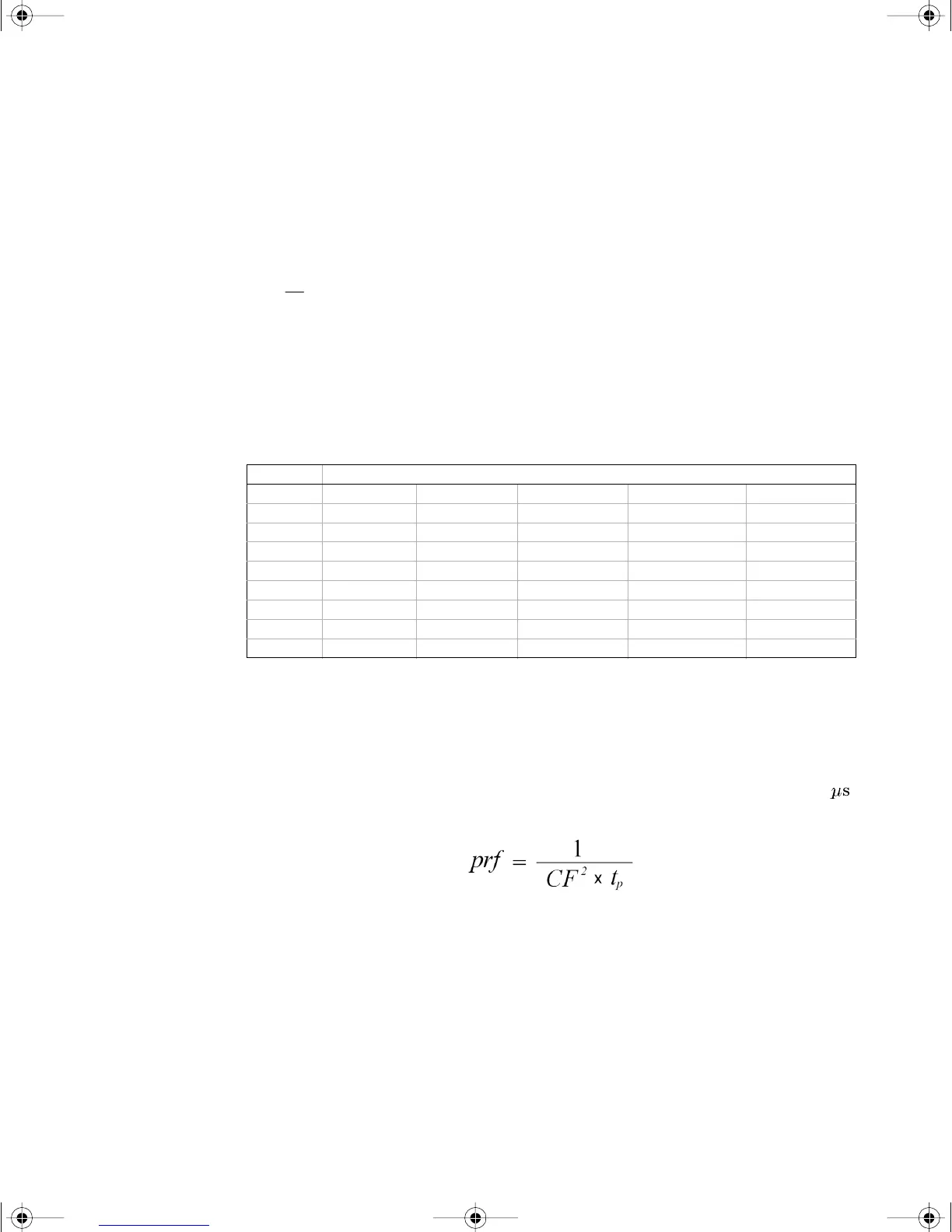